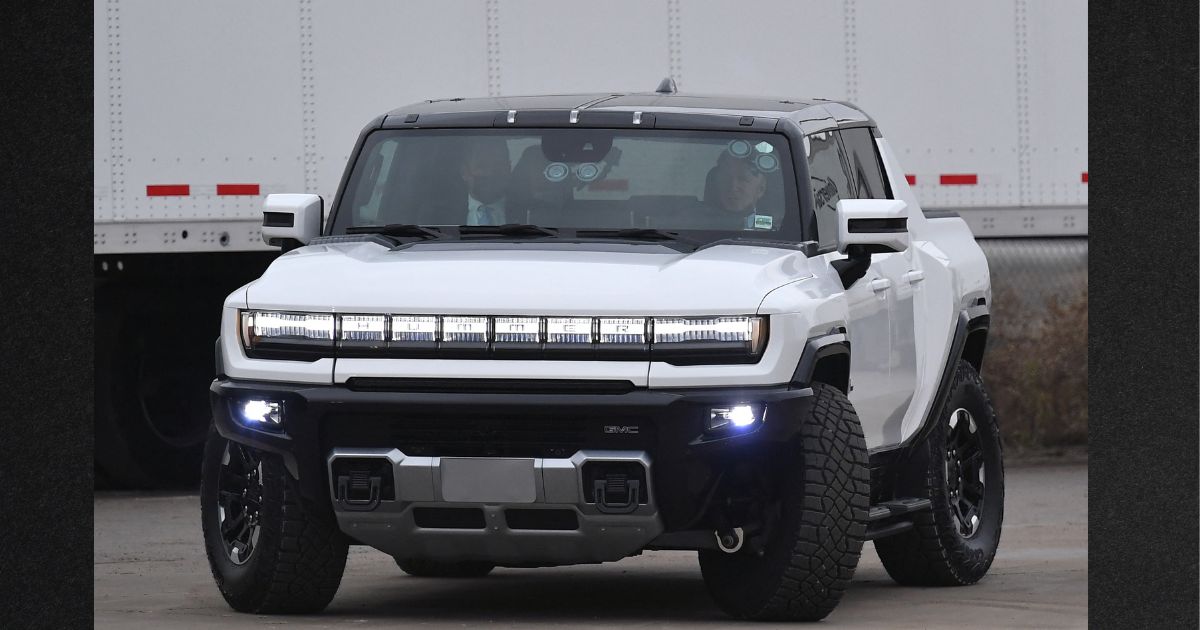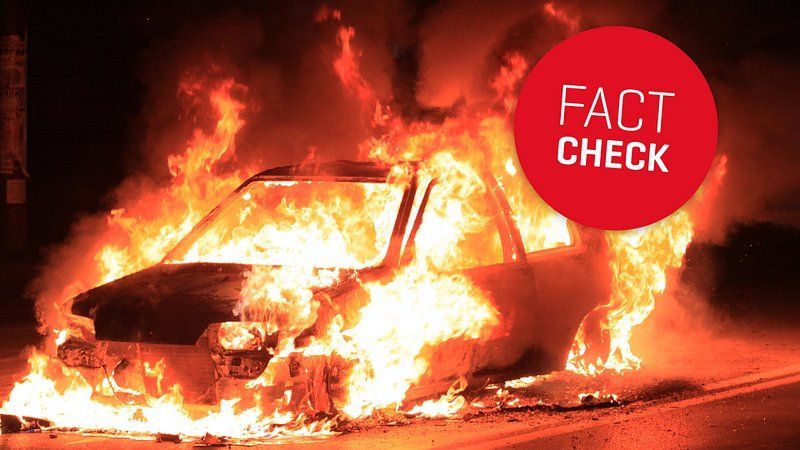How about this? 25.1 vs 1529.9? ICE cars burn more than 60 times more than electric!
Copyright RTL / CLT-UFA S.A. Author(s): RTL Lëtzebuerg © RTL Grafik Every now and again, a news story about an...

belux.edmo.eu
............. Electric cars, according to the study, are in fact the least likely to catch fire. 25.1 out of every 100,000 electric vehicles sold caught fire. For the same number of combustion engine cars, 1,529.9 caught fire.
However, hybrid cars are certainly the ones that catch fire the most often. 3,474.5 out of 100,000 hybrid cars sold caught fire. This is more than double the number of cars using internal combustion engines.
According to these figures, hybrid cars burn most frequently,
electric cars the least, and combustion engine cars fall somewhere in the middle.
The results of the study suggest that it is clear that
electric cars do not burn more frequently than cars with combustion engines.


 www.cnn.com
www.cnn.com








